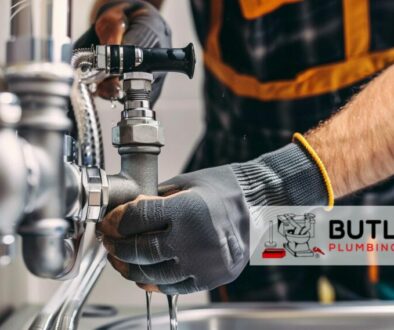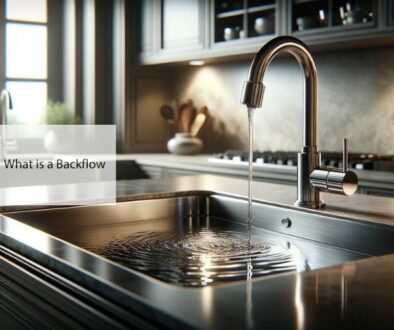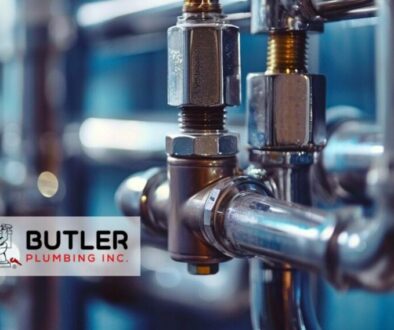When Was Plumbing Invented
The invention and evolution of plumbing really kicked off thousands of years ago, but it’s come a long way since then. Back around 3000 BCE, the Indus Valley folks were ahead of the game, laying down copper pipes like pros. Fast forward to around 2700 BCE, and the Egyptians were incorporating advanced plumbing systems into pyramid construction, proving that even back then, people understood the importance of a good water supply and sanitation for their mega structures.
By 1700 BCE, the Minoans stepped it up with what could be called the world’s first flushing toilet, part of their advanced sewage and drainage setup at the palace of Knossos. They were all about that flush life long before it became a household standard.
Then came the Greeks and Romans between the 8th and 5th centuries BCE, turning the plumbing game on its head. The Greeks introduced the first communal showers, while the Romans were all about those aqueducts, lead pipes, and public baths, showing off their plumbing and water management skills. They weren’t just building infrastructure; they were about maintaining and expanding it, ensuring repairs and installations kept everything running smoothly.
These ancient plumbing systems were not just about utility; they were a statement of sophistication, public health, and the ability to manage urban living spaces efficiently. The Romans, especially, were masters of the plumbing craft, leaving behind a legacy in the form of aqueducts and bath remains that still impress us to this day. Their work shows how critical plumbing, repairs, and installation have always been to civilization’s growth and the health of its people, something that hasn’t changed all the way into 2021.
When was Indoor Plumbing Invented?

The advent of indoor plumbing is a pivotal development in human history, significantly impacting public health, hygiene, and daily living standards. Its evolution spans several millennia, with major advancements occurring in ancient civilizations and significant refinements in the modern era.
Early Developments
Indoor plumbing traces its origins back to ancient civilizations. Around 4,000 to 3,000 BCE, the people of the Indus Valley Civilization (modern-day Pakistan and northwest India) implemented one of the earliest known indoor plumbing systems. These included bathing areas, water drainage systems, and even rudimentary toilets, indicating an early understanding of the importance of sanitation.
Greek and Roman Innovations
The Greeks furthered the development of plumbing with the introduction of the first shower systems in communal bathhouses around the 8th century BCE. However, it was the Romans who significantly advanced the technology and application of indoor plumbing. By the 1st century BCE, Rome had aqueducts, public baths, underground sewer systems, and lead pipes for water distribution within buildings. The Cloaca Maxima, one of the world’s earliest sewage systems, is a testament to their engineering prowess.
Medieval Stagnation and Renaissance Revival
After the fall of the Roman Empire, indoor plumbing regressed significantly. During the Middle Ages, most of Europe reverted to more primitive sanitation methods. However, the Renaissance period saw a renewed interest in science and engineering, leading to gradual improvements in plumbing systems.
Modern Plumbing Emerges
The 19th century marked a turning point for indoor plumbing, with significant technological advancements and public health movements. The invention of the flush toilet by Sir John Harington in 1596, and its refinement by Alexander Cumming and Joseph Bramah in the 18th century, was crucial. However, widespread adoption occurred later, driven by the Industrial Revolution and the introduction of sewage systems that could support flush toilets.
In the late 19th and early 20th centuries, indoor plumbing became more common in urban areas, thanks to improved water treatment and supply systems. The introduction of cast iron and, later, copper piping facilitated more efficient water delivery and waste removal within buildings.





